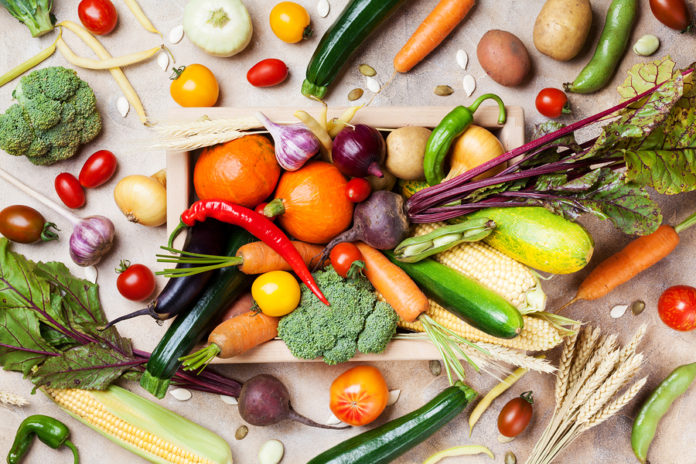
Edited July 17, 2019
In 2018, U.S. organic sales saw exceptional growth. According to Nielsen Homescan household projected data, organic product sales during the 52 weeks ending November 28, 2018, rose nearly 9% over the previous period, surpassing $21 billion.
Millennials and Hispanics made significant contributions to the sales spike, spending 13.8% and 13.4% more during this period than the last, respectively.
Nielsen Retail Measurement Services pinpointed some standout food products. Pre-packaged salads had the highest organic dollar sales, exceeding $1.1 million, a 5.7% increase in the 52 weeks ending December 1, 2018. Meanwhile, the following organic products saw the biggest percentage growth:
- Kombucha +41.9% to $412 million
- Sandwich bread +18.8% to $466 million
- Fresh chicken +11.1% to $499 million
- Baby food +8.8 to $341 million
- Chicken eggs +6.9% to $814 million
Organic milk sales were mixed.
- Almond milk +23.3%
- Lactose-reduced/lactose-free milk -1.0%
- Cow’s milk -2.3%
- Soy milk -3.8%
Nielsen analysts suspect that sales of organic cow’s milk (which still sold $1.36 billion) may be slipping because of the disparity between organic and conventional prices. Organic milk retails, on average, at $4.76, while its conventional counterpart costs an average of $2.59 — an 84% difference. According to Nielsen, “When trying to reach milk shoppers, simply slapping an ‘organic’ label on the product and charging a premium isn’t going to guarantee engagement.”
Consumer demand for fresh, healthy food options has skyrocketed over the past few years, so it’s not surprising that organic food sales have followed. For more context on health food trends, check out these articles:
- When It Comes to Breakfast, Consumers Prioritize Healthy Foods
- Report Shows Parents Especially Concerned with Healthy, Free-From Foods
- Americans Over 50 Look to Food to Improve Their Health
- Organic Food Sales Still Growing in Today’s Market: Survey
- 6 Mega Trends from the 2019 Food Trend Predictions
- Plant-Based Fare Expected to Rule Supreme, Flavor Boundaries Will Be Pushed in 2019: Whole Foods Trends Report








